March’s Bird of the Month is the Osprey, and here is the article in the upcoming March 2017 Kite written by Ben Kolstad.
March Bird of the Month: Osprey Pandion haliaetus
By Ben Kolstad
Many people worldwide call this cosmopolitan bird the “fish eagle,” and it’s an apt nickname, although the Osprey is not an eagle. This is the only North American raptor that feeds almost exclusively on fish, and it’s the only one that dives into the water for them. Our “other” white-headed fish-eating eagle merely plucks fish from the surface, when it bothers catching them itself rather than bullying the more skilled Osprey out of its catch.
In flight, the Osprey is the hawk that looks like a gull—although it’s not a hawk, either. It’s in a genus all its own, neither hawk nor kite nor eagle nor falcon—in fact, it’s the sole member of its taxonomic family, the level above genus. It holds its large wings in a gull-like bend, giving it a completely different flight silhouette from the otherwise potentially confusing Bald Eagle, which holds its wings so straight that its flight silhouette has been described as looking like a pair of two-by-fours nailed together. The Osprey’s flight is slow and buoyant, whereas Baldy flies straight and level. Like kestrels, some kites, and especially kingfishers, the Osprey is capable of hovering in place while searching for prey close enough to the surface for a successful dive. According to the FWC, in Florida, Ospreys commonly capture saltwater catfish, mullet, spotted trout, shad, crappie, and sunfish from coastal habitats and freshwater lakes and rivers.
The bird is entirely dark brown above, except for its white cap; the dark brown eyeline/mask separates the white cap from the white underparts. If you’re close enough, the bright yellow eye (darker and orange-colored in juveniles) gleams prominently out from the dark mask. The dark-brown and white contrast of the underwing in flight is diagnostic.
Much of the species’ success is due to its unique adaptations for a life of fishing. From the spines on the pads of its feet that enable it to grip the scales of a fish to the reversible rear toe that enables it to fly with a fish in its grasp, this is a highly specialized bird. And these specializations have enabled it to conquer most of the world—at least, those parts near water. Only the Peregrine Falcon, among raptors, has a wider global range. And, like that of the Peregrine Falcon and many other large predatory birds, the Osprey’s population rebounded with the ban of DDT in 1972.
Here in Florida, the population is resident, although there is some evidence that post-breeding birds drift northward. Nevertheless, Florida birds winter here, while more northern breeders overwinter in South and Central America.
(Photographer’s please note that next month’s April 2017 Bird will be the Limpkin)
- Osprey by Russ Martens
- Oprey with chicks by Walt Hackenjos
- Osprey by Walt Hackenjos
- Osprey by Walt Hackenjos
- Osprey by Walt Hackenjos
- Osprey in Flight by Russ Martens
- Osprey with fish by Paul Thomas
- Osprey by Paul Thomas
- Osprey by Paul Thomas
- Osprey by Paul Thomas
- Osprey by Paul Thomas
- Osprey in Wellington Environmental Preserve by Larry Hess
- Osprey in Jupi ter Inlet by Larry Hess
- Osprey in Anastaisia State Park by Larry Hess
- Osprey in flight by Ben Kolstad
- Osprey with Fish, Florida Intracoastal Waterway near Boynton Beach, FL by Anne DuPont (photographed from a moving boat going down the ICW)
- Osprey with Fish, Florida Intracoastal Waterway near Boynton Beach, FL by Anne DuPont (photographed from a moving boat going down the ICW)
- Ospreys and chicks by Anne DuPont
- Osprey and fish Blue Cypress Lake by Anne DuPont
- Osprey and fish Blue Cypress Lake by Anne DuPont
- Osprey and chick Blue Cypress Lake by Anne DuPont
- Osprey (red eye) and chick (yellow eye) Blue Cypress Lake by Anne DuPont
- Osprey pair Blue Cypress Lake by Anne DuPont
- Ospreys by Lester Shalloway
- Ospreys by Lester Shalloway
- Ospreys by Lester Shalloway
- Ospreys by Lester Shalloway
- Osprey by Lester Shalloway
- Osprey by Lester Shalloway
- Osprey by Lester Shalloway
- Osprey by Lester Shalloway
- Osprey by Lester Shalloway
- Osprey by Lester Shalloway
- Osprey by Lester Shalloway
- Osprey by Lester Shalloway
- Osprey by Lester Shalloway
- Osprey by Lester Shalloway
- Osprey by Lester Shalloway
- Osprey by Lester Shalloway
- Osprey by Lester Shalloway
- Osprey by Lester Shalloway
- Osprey by Lester Shalloway
- Osprey by Lester Shalloway
- Osprey by Lester Shalloway
- Osprey by Lester Shalloway
- Osprey by Lester Shalloway
- Osprey by Lester Shalloway
- Osprey by Lester Shalloway
- Osprey by Lester Shalloway
- Osprey by Lester Shalloway
- Osprey by Lester Shalloway
- Osprey by Lester Shalloway
- Osprey by Lester Shalloway
- Osprey by Lester Shalloway
- Osprey by Lester Shalloway
- Osprey by Lester Shalloway
- Osprey by Lester Shalloway
- Osprey by Lester Shalloway
- Osprey by Lester Shalloway
- Osprey by Lester Shalloway
- Osprey by Lester Shalloway
- Osprey by Lester Shalloway
- Osprey by Lester Shalloway
- Osprey by Lester Shalloway
- Osprey by Lester Shalloway
- Osprey by Lester Shalloway
- Osprey by Lester Shalloway
- Osprey by Lester Shalloway
- Osprey by Lester Shalloway
- Osprey by Lester Shalloway
- Osprey by Lester Shalloway
- Osprey by Lester Shalloway
- Osprey by Lester Shalloway
- Osprey by Lester Shalloway
- Ospreys by Lester Shalloway
- Osprey by Lester Shalloway
- Osprey feeding baby by Lester Shalloway
- Osprey feeding baby by Lester Shalloway
- Osprey feeding baby by Lester Shalloway
- Osprey nest by Lester Shalloway


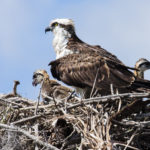
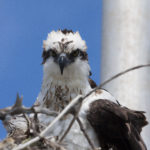
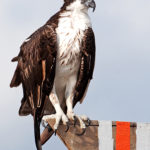
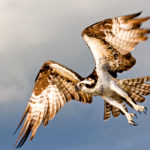
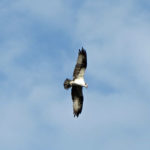
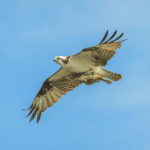
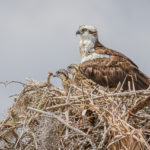
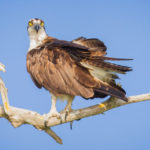
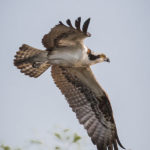
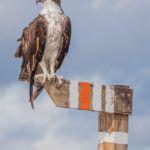
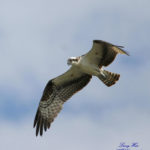
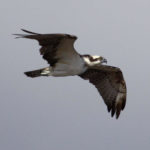
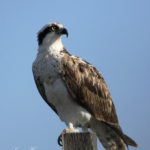

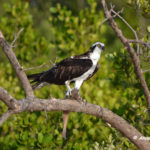
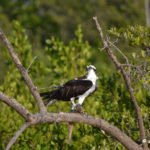
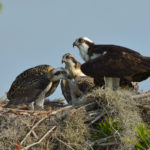
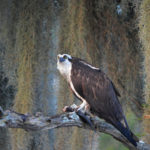
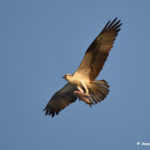
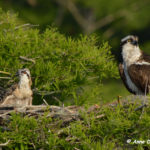
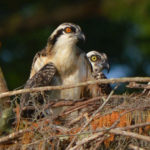
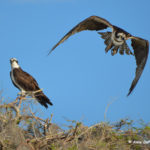
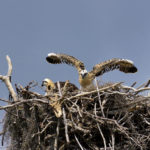
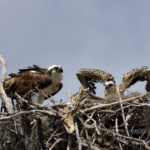
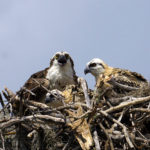
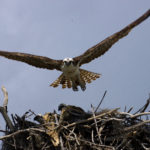
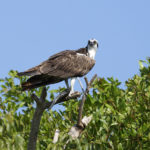
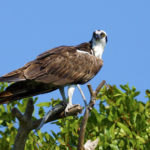
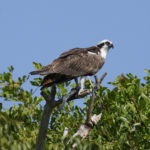
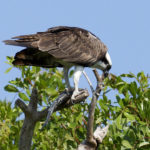
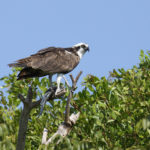
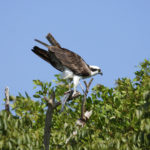
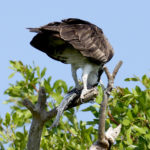
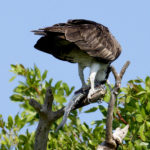
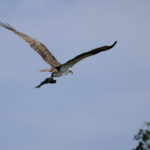
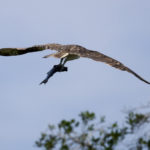
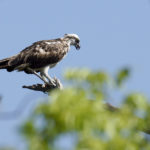
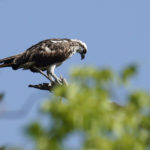
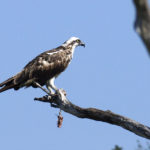
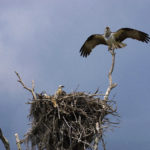
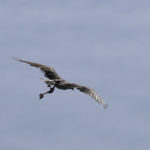
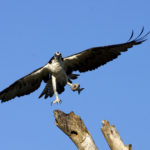
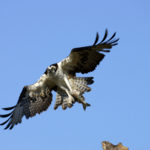
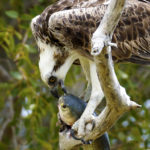
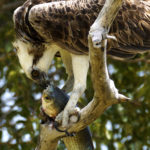
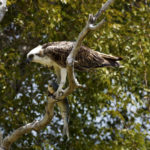
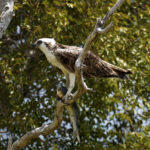
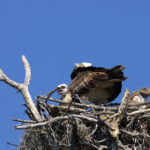
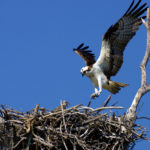
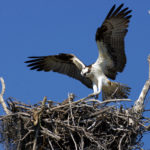
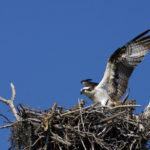
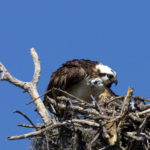
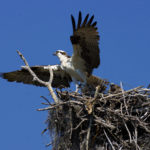
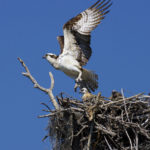
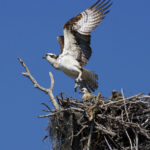
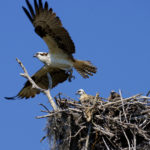
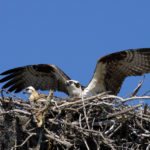
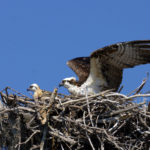
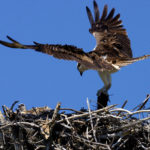
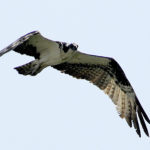
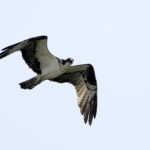
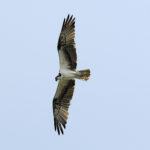
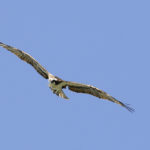
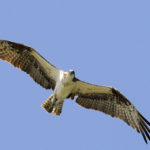
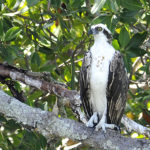
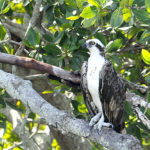
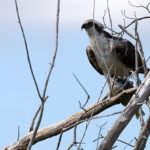
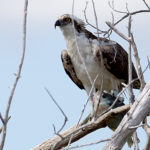
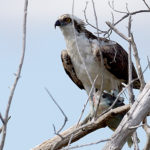
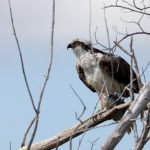
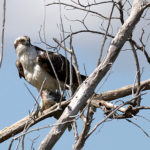
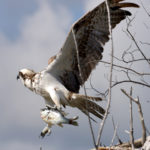
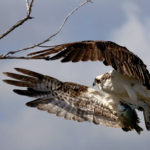
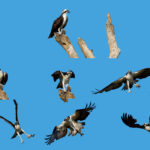
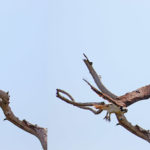
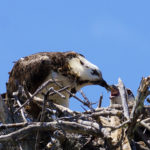
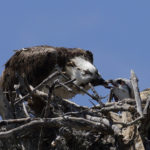
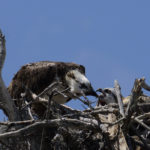
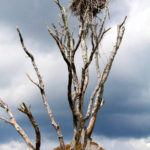
Comments are closed